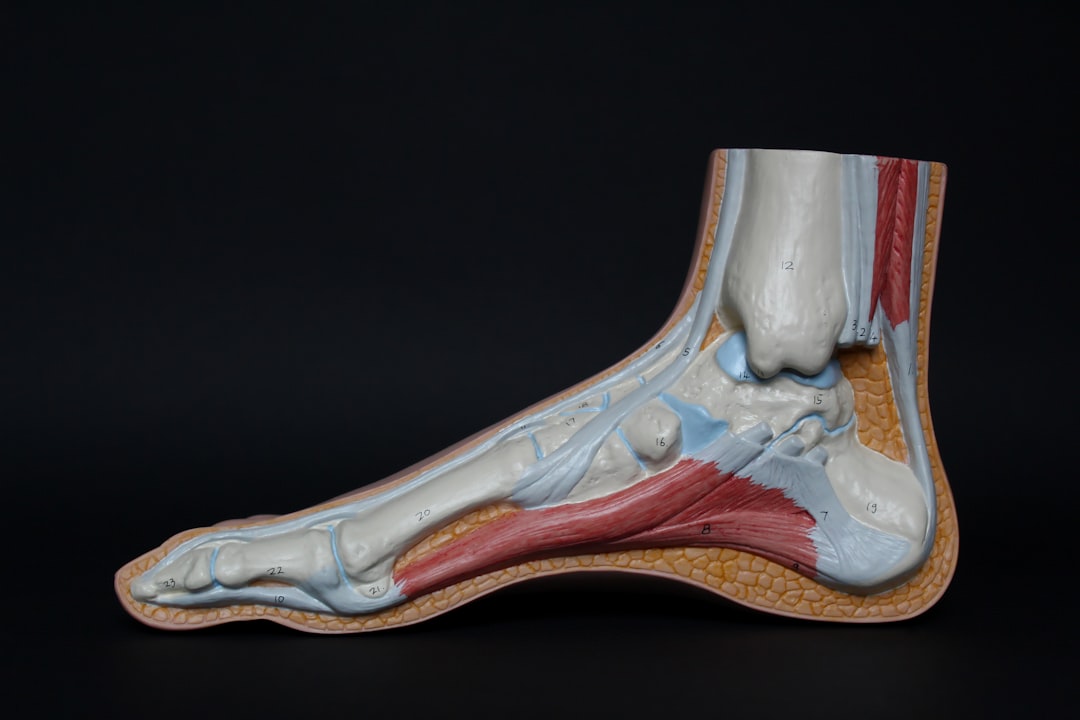What is it about?
It has long been known that the amygdala is abnormally large in school-age children with autism, after they have already received an autism diagnosis. Our study sought to answer: when does the amygdala start its overgrowth; does overgrowth occur at an age before behavioral symptoms and before autism diagnosis; does amygdala overgrowth have clinically significant consequences; and is amygdala overgrowth unique to autism? The study found that the amygdala grows too rapidly between 6 and 12 months of age, during a ‘pre-symptomatic’ period in autism: prior to the age when the diagnostic behavioral symptoms of autism (social difficulties and repetitive behaviors) are fully evident and lead to the diagnosis of autism around 24 months of age or later. The faster the amygdala grew in infancy, the more social difficulties the child showed when diagnosed with autism a year later. This brain growth pattern may be unique to autism, as babies with fragile X syndrome – another neurodevelopmental condition – showed a markedly different brain growth pattern: no differences in amygdala growth but enlargement of a different brain structure, the caudate, which was linked to increased repetitive behaviors.
Featured Image

Photo by Garrett Jackson on Unsplash
Why is it important?
This finding is one of several recent findings from our research group (the Infant Brain Imaging Study, or IBIS) that demonstrate that there are brain differences that are detectable by MRI in the first year of life in infants who will later be diagnosed with autism, during a ‘pre-symptomatic’ period in autism: prior to the age when the diagnostic behavioral symptoms of autism (for example, social difficulties) are fully evident and lead to the later diagnosis of autism. This research suggests that an optimal time to begin supports for children who are at highest likelihood of developing autism may be during the first year of life: to improve early precursors to social development, such as sensory processing, in babies even before social difficulties arise.
Perspectives
This is the first study comparing the brain development of ASD and FXS in infancy, collecting over 1,000 MRI brain scans during natural sleep in 408 infants. The study demonstrated that the amygdala grows too rapidly in infants who later develop autism. Overgrowth occurs between six and 12 months of age, prior to the age when babies show most of the behavioral symptoms that later consolidate into a diagnosis of autism. We are now recruiting babies with fragile X syndrome and babies with an older sibling with ASD for a new MRI study. https://markshenlab.org/
Mark Shen
University of North Carolina at Chapel Hill
Read the Original
This page is a summary of: Subcortical Brain Development in Autism and Fragile X Syndrome: Evidence for Dynamic, Age- and Disorder-Specific Trajectories in Infancy, American Journal of Psychiatry, August 2022, American Psychiatric Association,
DOI: 10.1176/appi.ajp.21090896.
You can read the full text:
Resources
Contributors
The following have contributed to this page










